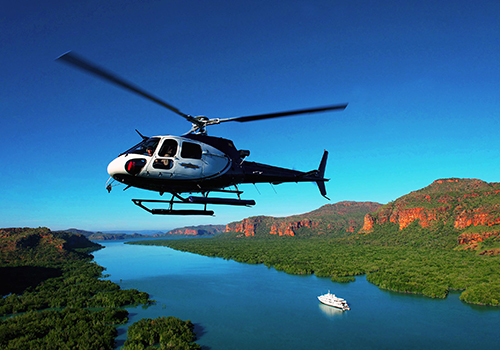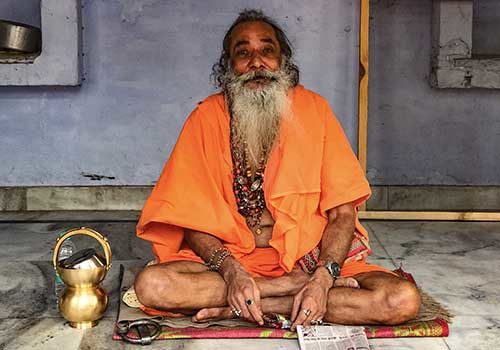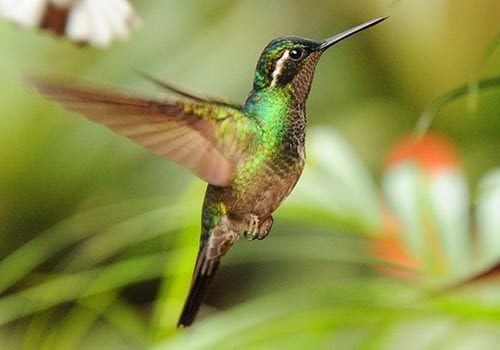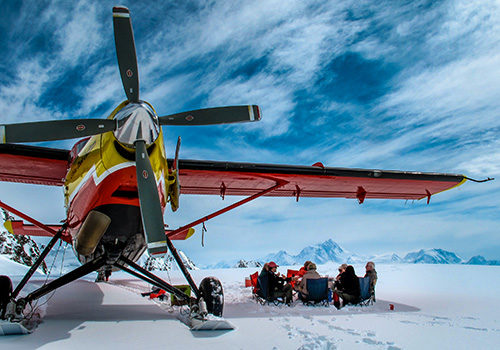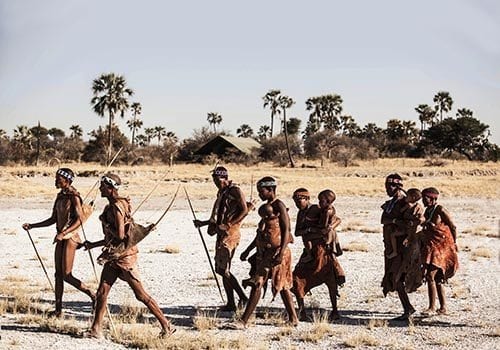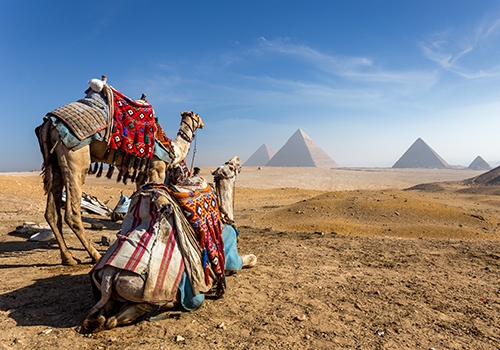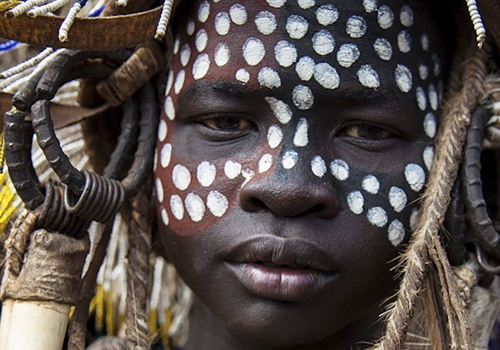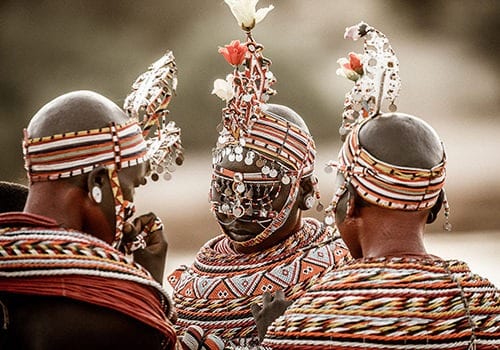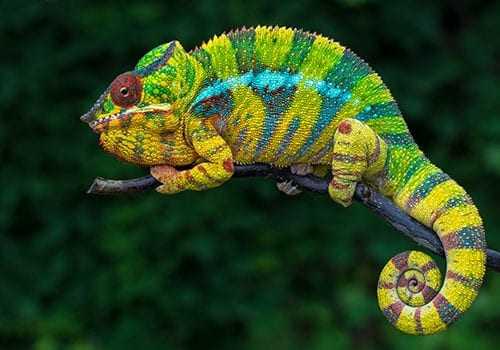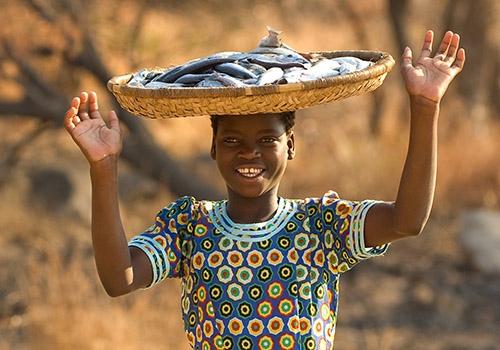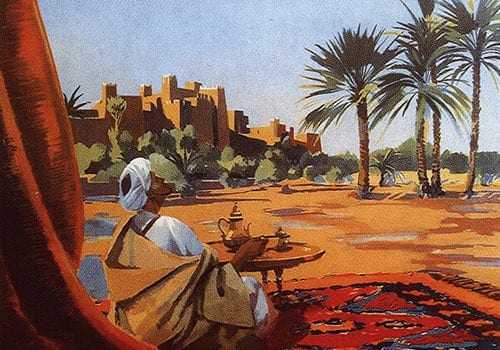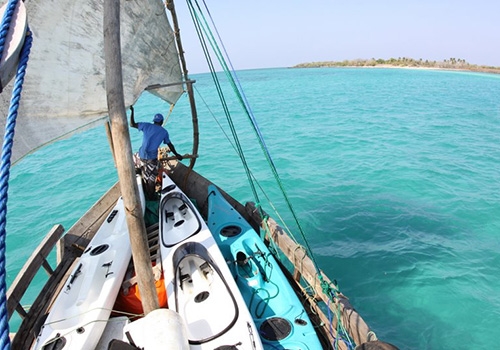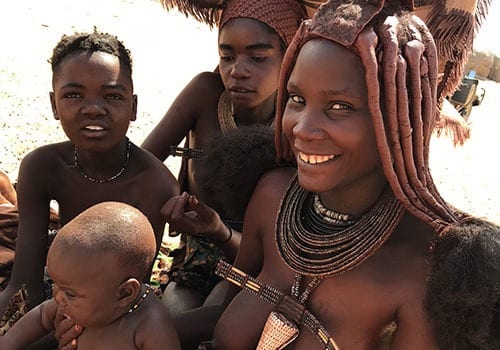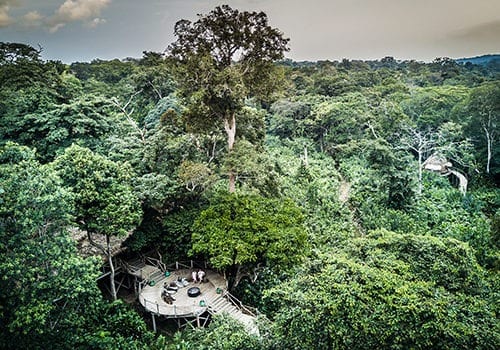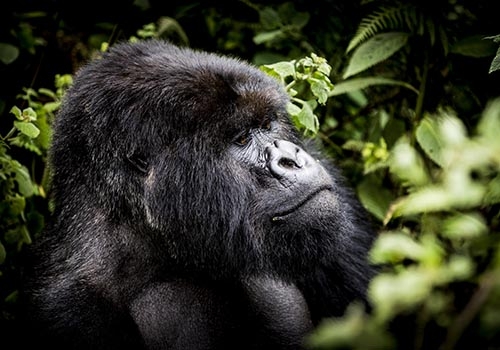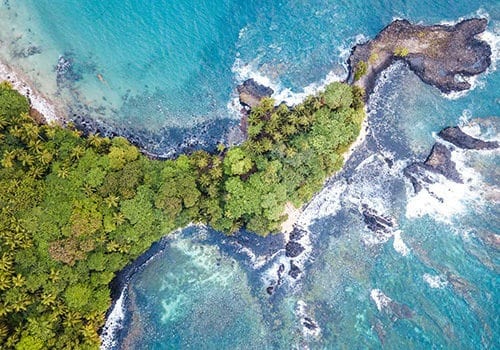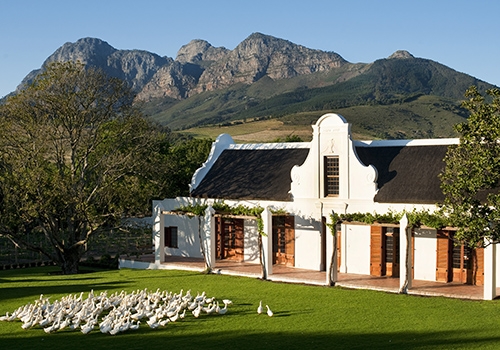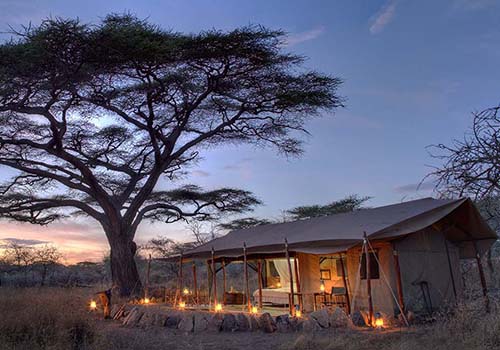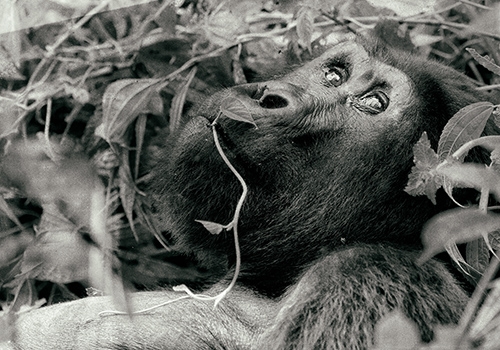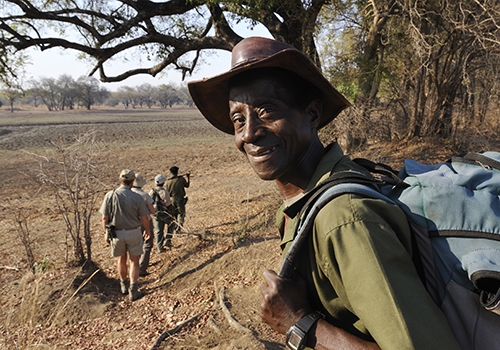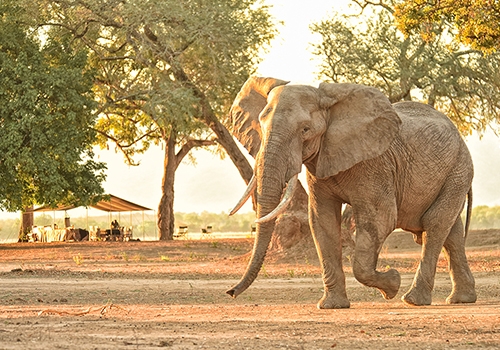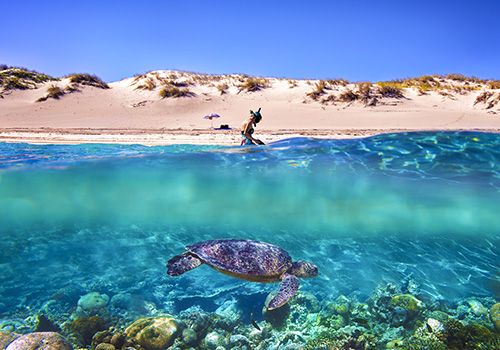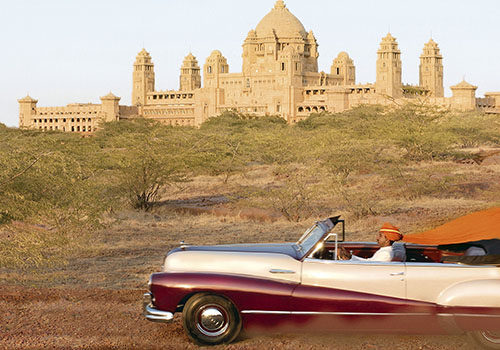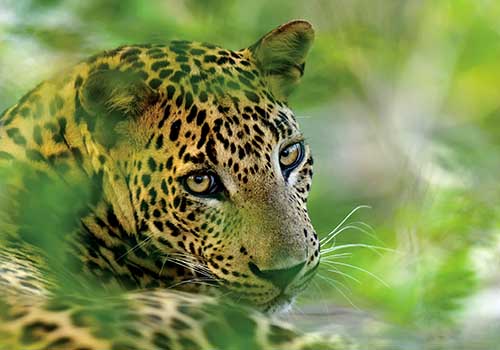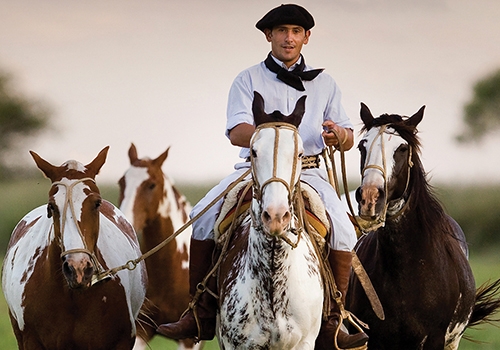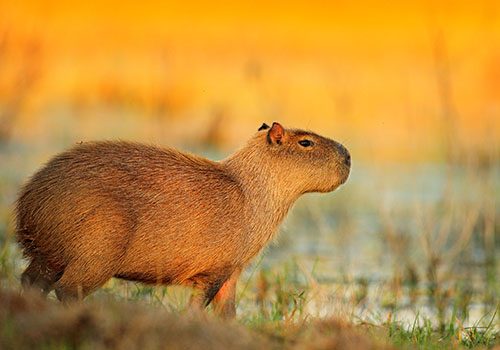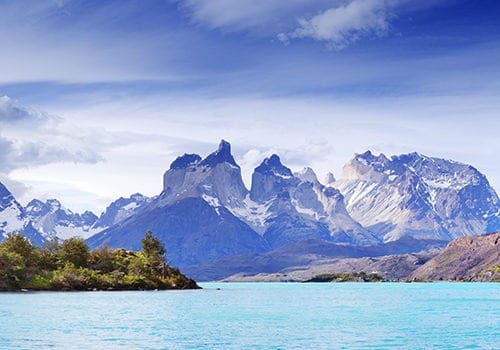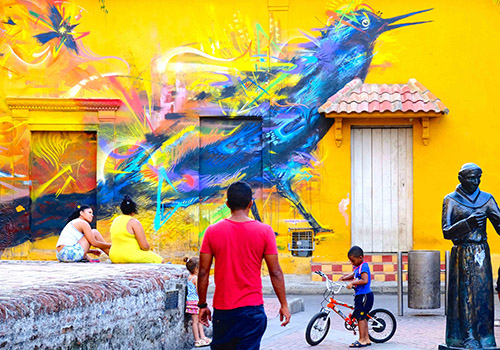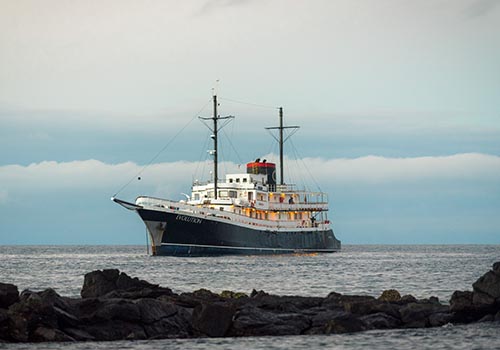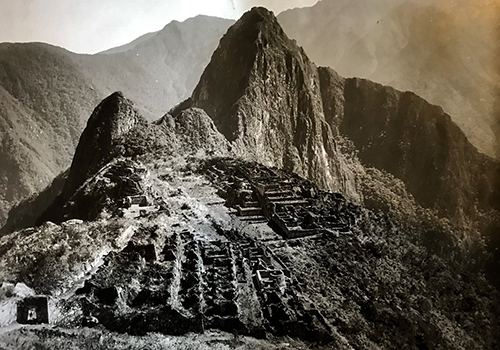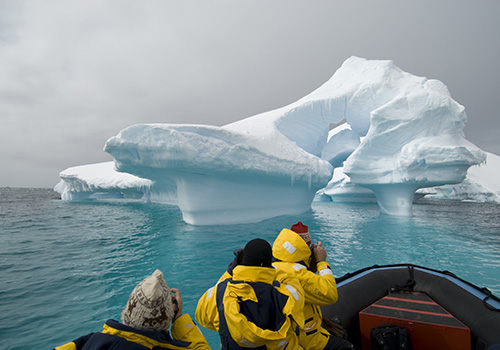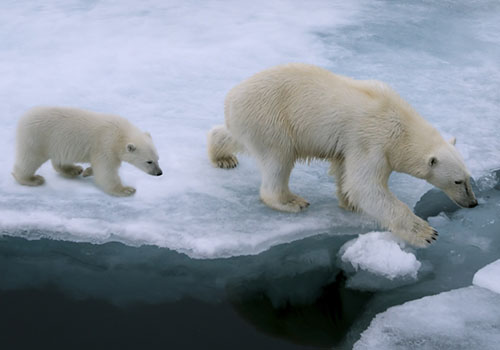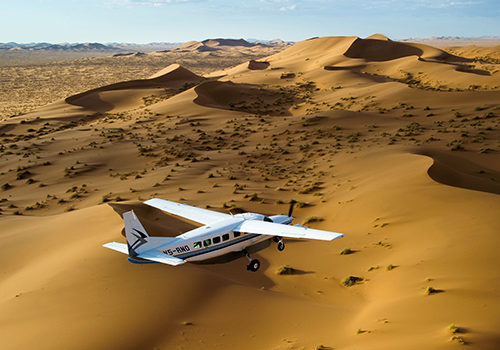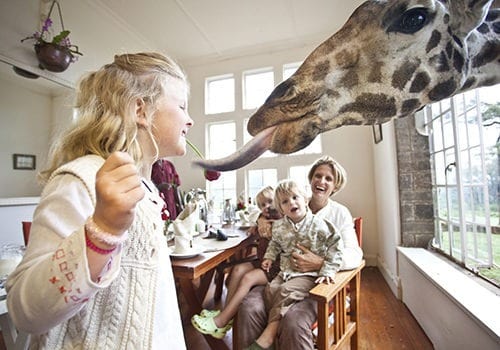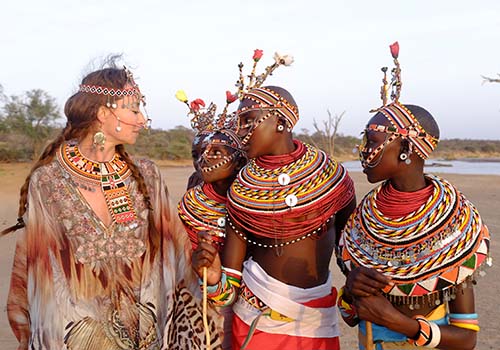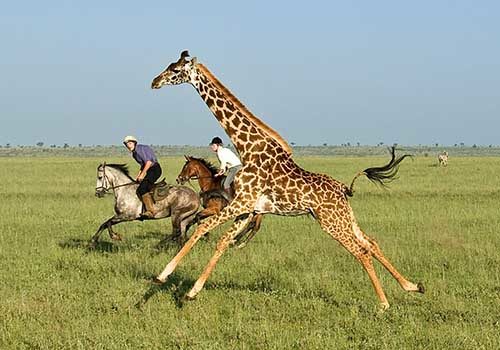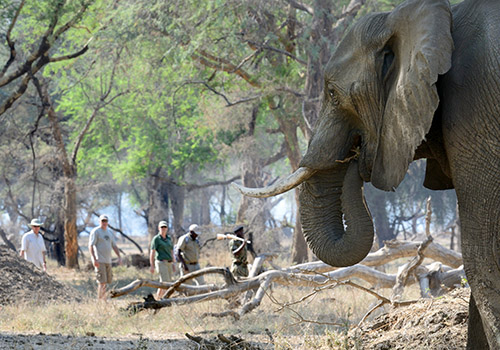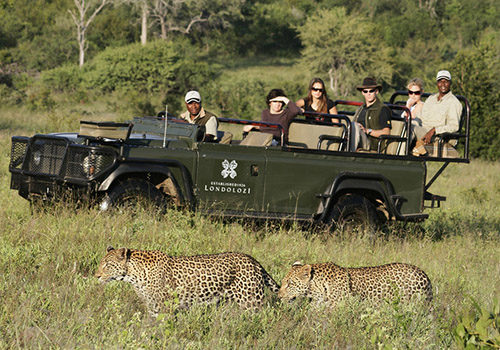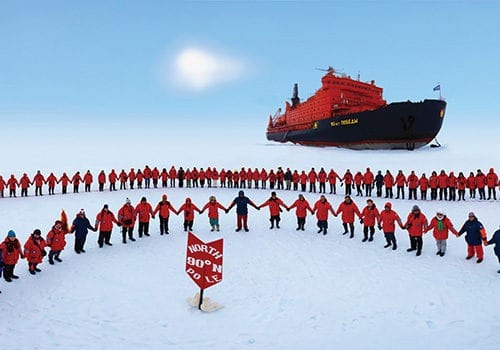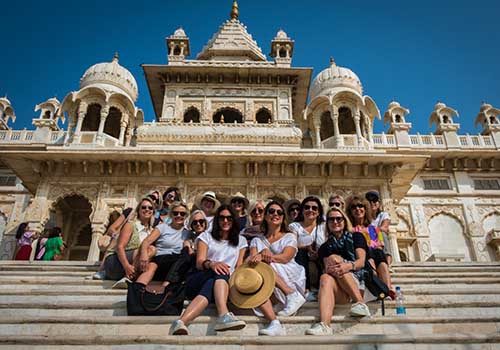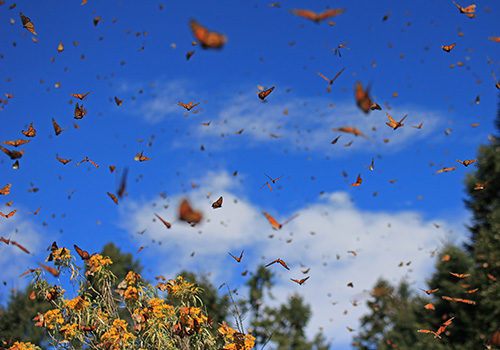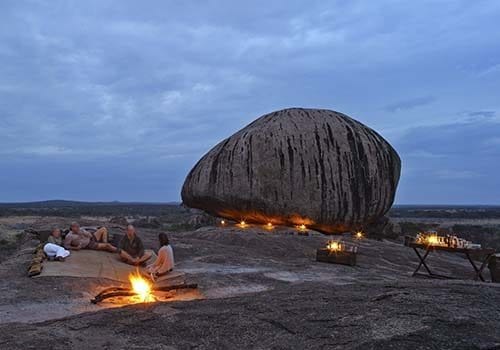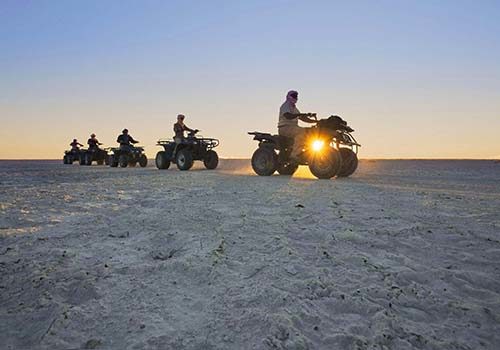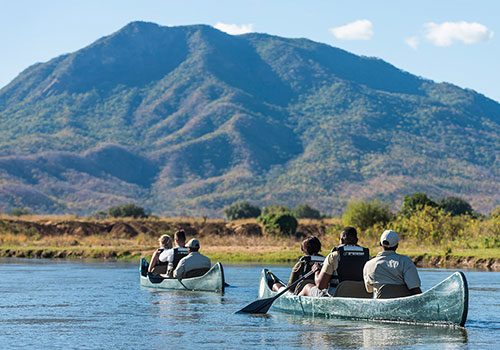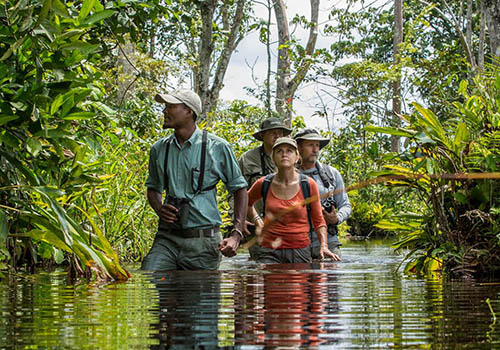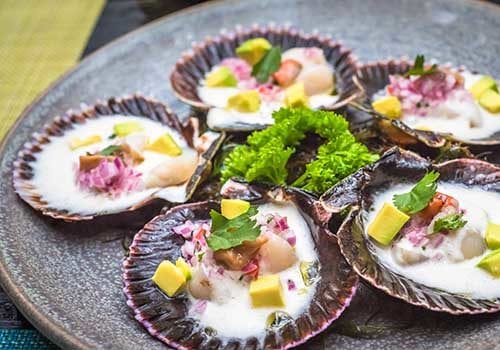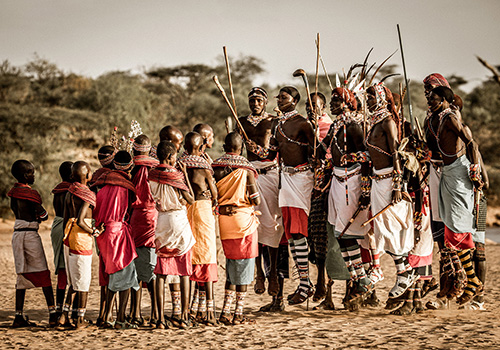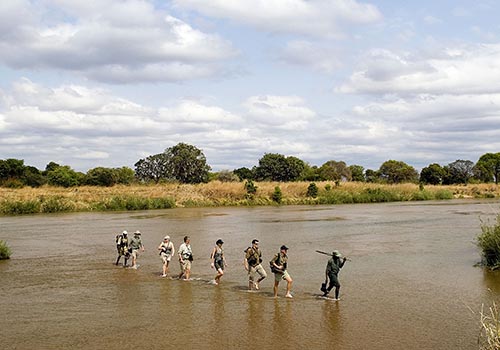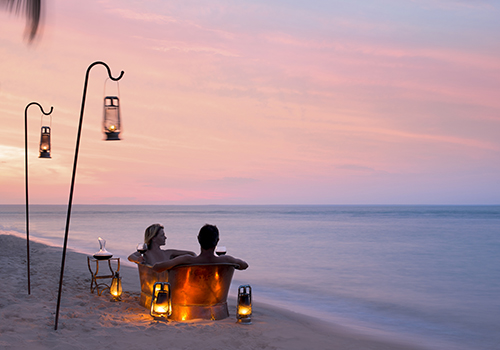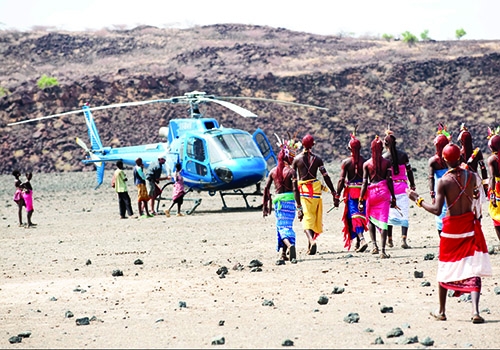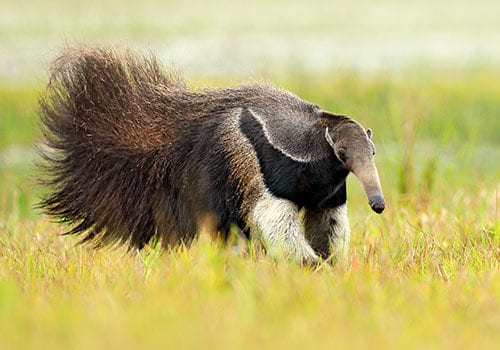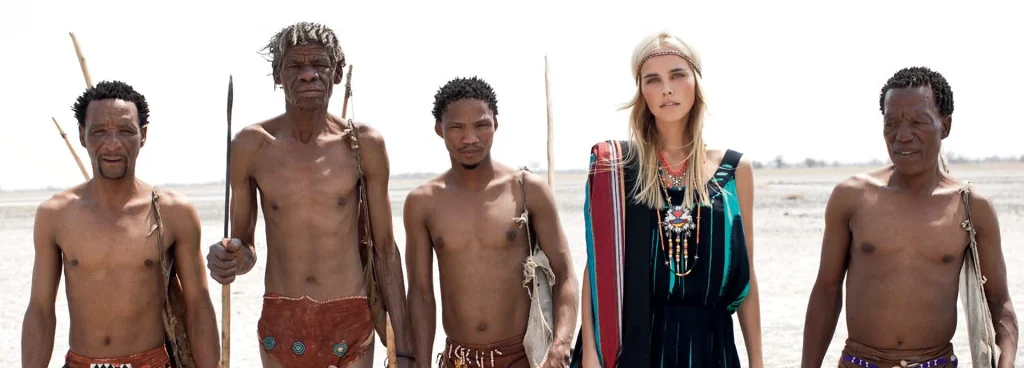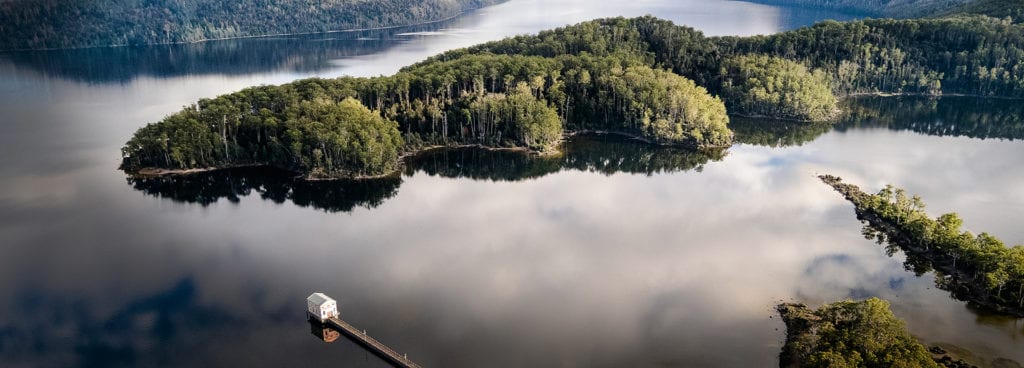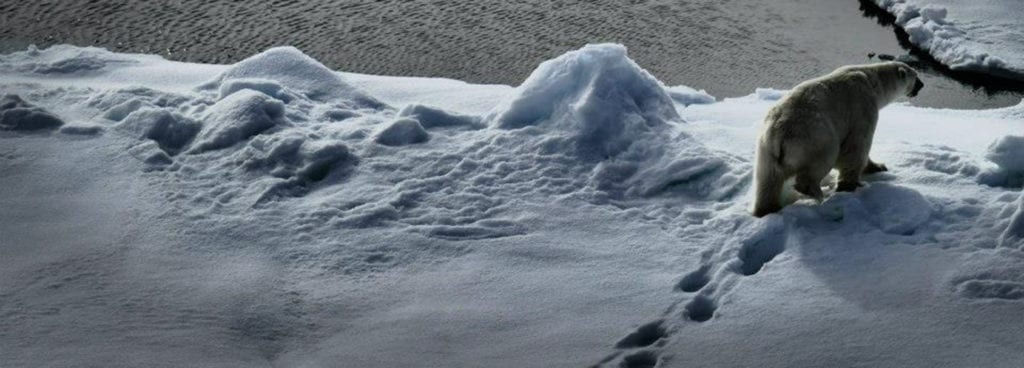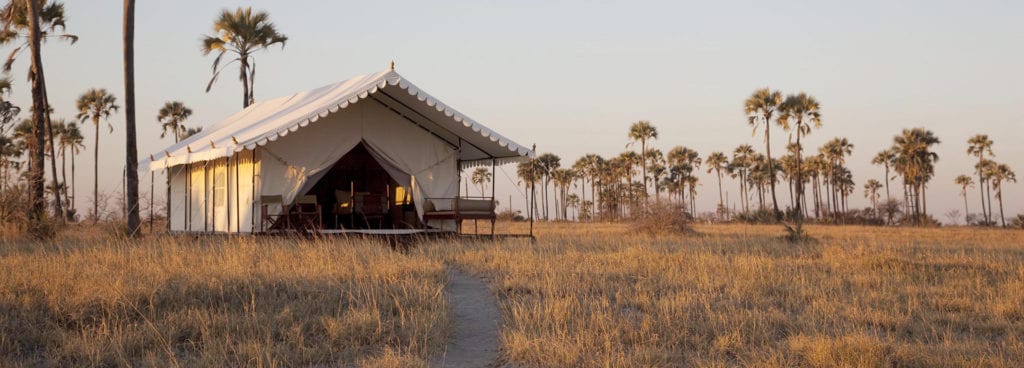DISPATCHES FROM EXOTIC LANDS
To some of us, the idea of hiking up a mountain for a solid week, only to take in the view, sigh in relief and then march back down again, may seem pointless at best, a cruel form of torture at worst!
However, for the more avid and enthusiastic, the climb to the rooftop of Africa is the walk of a lifetime, a bucket list adventure that is quite simply incomparable. And so it was for our admin expert, Melanie Hochkins. Bringing her dream to life a month ago, what Mel discovered on the slopes of Tanzania‘s Mount Kilimanjaro wasn’t only that it’s a pinch-me experience for those with a penchant for hiking, but that the Kilimanjaro climb is also wonderfully accessible to a wide range to travellers.
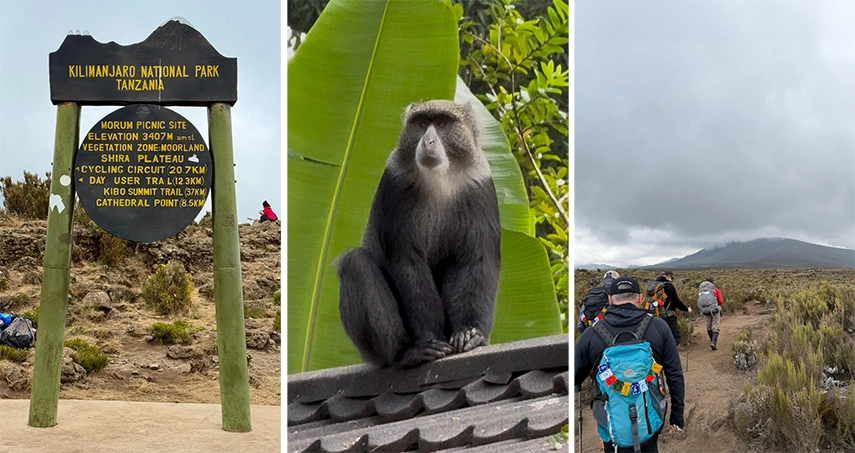
Joining a collective ranging from 20-somethings to retirees, Mel diligently placed one foot in front of the other, every step forging new memories that will last a lifetime. Snuggly, cosy beds, good company, breathtaking, ever-changing scenery and delicious food: Mel shares the insights and surprises of the Kilimanjaro Climb, urging anyone with an inkling for a summit adventure to embrace the walk to the highest point of the African continent:
Is it worth it?
Yes! Climbing Kilimanjaro is absolutely worth it!! The sense of achievement after having made it to the summit is a gift that keeps on giving. However, it does depend a little on the main priority for your holiday. My focus was the climb, with the safari aspect being a secondary objective, but if you are time-limited or more safari-focussed, you might find that the climb absorbs too much of your precious time.
What level of fitness is required?
I’m relatively fit. I walk and hike a lot, go to the gym and lift weights four or five times a week. But I’m also 49, so maybe not as spritely as I was at 25! With an average level of fitness, the climb is easily achievable for most people.
How accessible is it for the average person?
Our group, age-wise, ranged from mid 20s to late 60s and all bar one made the summit. I would say as long as you have a reasonable base level of fitness and feel comfortable hiking for three to four hours at a time you should be able to accomplish the summit. For me, the challenge was more mental than physical, especially on summit night when we rose in the dark of the preceding night and hiked for several hours to achieve the summit by sunrise.
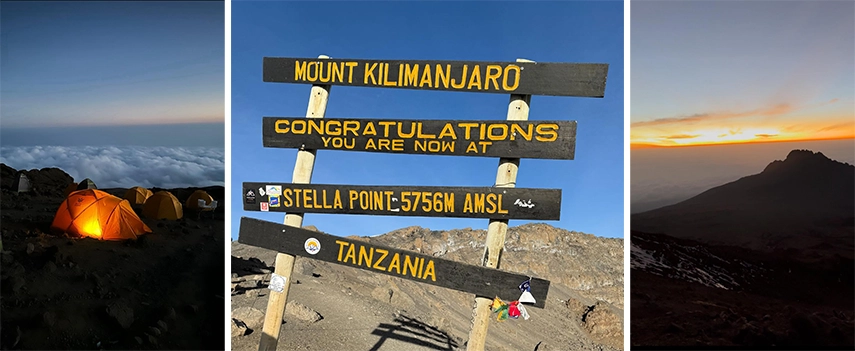
How much safari-ing is there? Is it 100% about the climb, or are there animals, plants etc to be seen?
There’s no safari-ing as such on the climb itself. There were blue monkeys at the hotel and we saw some wildlife driving to and from base camp. The vegetation changes each day, the higher you get. Also, the last day of the hike, coming down through the rainforest, there were monkeys in the trees, but it’s more about the climb.
How challenging is altitude?
It takes a little getting used to, but it’s at such a slow pace that there’s no problem keeping up and there are plenty of rest and drink stops to ease you through the acclimation. They say the slower you go, the better you’ll acclimatise. I had a mild headache and some nausea on Days Two and Three, but that went away. A couple of others had slightly more severe altitude symptoms, but it’s hard to prepare for unless you live somewhere with altitude. It’s just as likely to affect a marathon runner as it is your average, everyday Joe, so fitness doesn’t play a part in altitude preparation; the only way to prepare for altitude is with altitude.
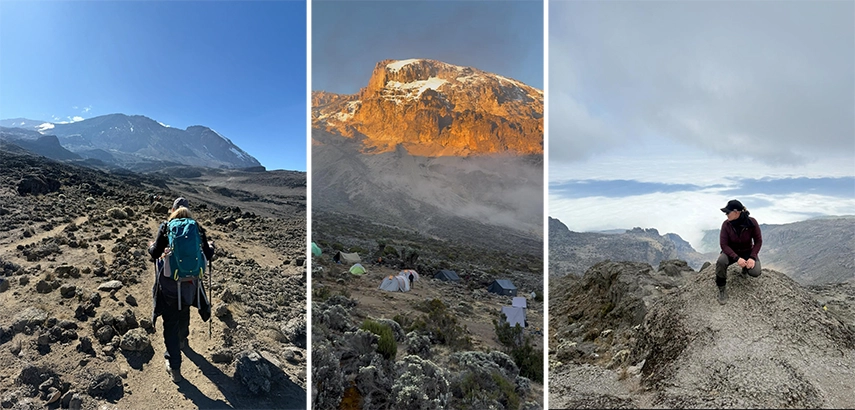
Do you need specialised equipment?
It’s not a technical climb, so no crampons or harnesses are necessary. I would recommend hiking poles as a must, even though I don’t usually use them. A warm sleeping bag – mine was rated for -20ºC – and a good insulated jacket for summit night are essential. It’s also imperative to make sure you wear in your hiking shoes well prior to the climb.
How well does it combine with a safari itinerary?
I would recommend doing the climb first, then enjoy the safari. I found this order to be a great combo; the sense of achievement and then the relaxing reward. The euphoria of the climb definitely stays with you through your ongoing travels.
How many days did your hike take?
I did the Lemosho Route. This has the highest summit success rate, as it gives you longer to acclimatise, taking eight days, with a night at the hotel before and after. You can take a quicker route, but it’s harder on the body and you’re more susceptible to altitude sickness. I would recommend not trying to rush the climb as this could result in exhaustion, sickness, blisters and not being able to fully enjoy reaching the highest point of the African continent.
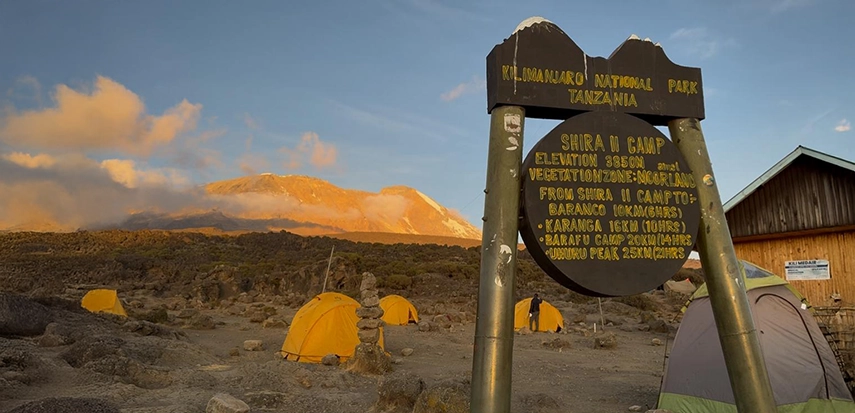
How much walking did you do each day? Did it feel manageable, as opposed to gruelling?
The walking each day was manageable – maybe two to three hours, morning and afternoon, with a good break for lunch, so about five or six hours each day. There is a section on Day Four called the Barranco Wall, which a few people with a fear of heights found challenging, but the hardest part for me was summit night. You’re already tired from the previous days of hiking, it’s cold and the climb is relentless. All you can see for metres above you are head torches snaking their way up the hill, and it just doesn’t seem to end! But if you put one foot in front of the other you WILL get there. It’s a long night, leaving camp at 10:30pm to summit at 8:30am, but well worth the final push.
What preparation did you take?
I got lots of walks in, but that’s just about all physically. I bought myself a waterproof duffel bag and made sure I had all the necessary gear – head torch, water bottles, powerbank, small toiletries etc. The maximum weight for your main bag on the mountain is 15 kg, including your sleeping bag, so planning your packing carefully is very important. Vaccinations are also worth preparing for in advance. I visited my doctor to get prescriptions for malaria tablets, as well as Diamox, which I’ve used for altitude climbs before, although I didn’t end up taking this time. Some say that if you acclimatise properly you shouldn’t need Diamox, and if you do have problems, it’s better to know and address them early, rather than mask them with drugs.
Note: Acetazolamide, sold under the trade name Diamox among others, is a diuretic medication used to treat acute mountain sickness and numerous other conditions.
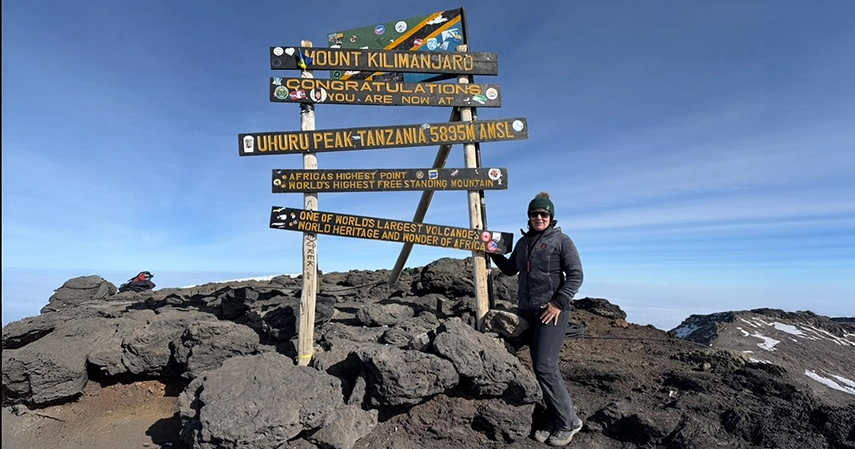
What was food like on the trip?
The food was fantastic – although you do lose your appetite a bit, the higher you go. Lots of high-carb foods, such as pasta, rice and potatoes, are served. We even had pizza one night. A hot cooked breakfast is served, along with porridge, and there’s lots of fresh fruit to snack on.
My Personal Experience:
The staff were incredible. The tents were pitched every time we got to camp, the food was amazing, and everyone was so friendly and happy to help. We had one porter / guide per person on summit night, providing individual support the whole way. They carried our backpack, so all we had to focus on was getting to the top.
The scenery was spectacular the whole way, changing day to day as you climb higher. And the view at the top..! Gazing out over the snow-covered crater of the volcano, with Tanzania unfolding far below beneath the clouds is a sight that I will never, ever forget and an experience worthy of every single step.

